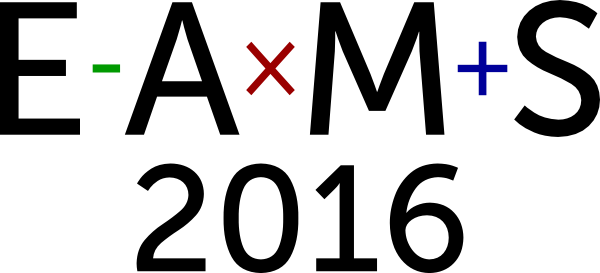Three steps forward, two steps back: innovation and implementation of e-assessment in high stakes mathematics tests for 14-19 year olds
Three steps forward, two steps back: innovation and implementation of e-assessment in high stakes mathematics tests for 14-19 year olds
In 2002, the Qualifications and Curriculum Authority hosted an international seminar, with the title ‘Whither Assessment’. One of its (two)principal themes was the application of technology to educational assessment.
With few words of caution, the seminar looked forward to an increased use of technology in assessment and a consequential impact on the taught curriculum and on pedagogy. There was an expectation that ‘over the next 15 years technological developments should enable us to be even more innovative’ (Ripley et al 2002).
Towards the end of those 15 years, in January 2016, the Department for Education gave details of the new times tables checks for 11 year olds, emphasising that these would be the ‘first use of on-screen technology’ in National Curriculum Tests and thereby casting doubt in one sentence as to the extent of any recent technological or pedagogical development.
This presentation will look at how technology has affected the pedagogy of school mathematics and how innovation in e-assessment has been implemented in high stakes mathematics.
In exploring how far the progress predicted at the beginning of the century has been achieved, three themes will be developed:
- Technology and mathematical pedagogy: how has the pedagogy of mathematics developed in reaction to changes in technology
- Infrastructure: whilst there have been advances in the ways on which technology is used to deliver high stakes assessments, learner interaction with technology remains a minority activity
- Strategic initiatives: since the withdrawal in 2007 of the compulsory ICT examination for 14 year olds, it has been difficult to find anything which looks like a ‘strategic initiative’ for e-assessment.
In conclusion, it will be considered whether we are collectively still guilty of limited ambition by designing paper tests to be put on screen.

